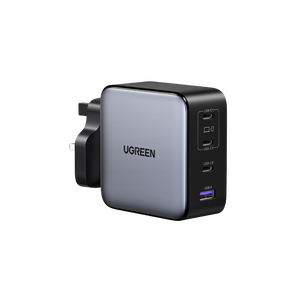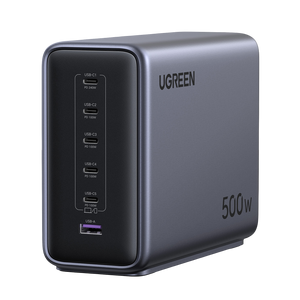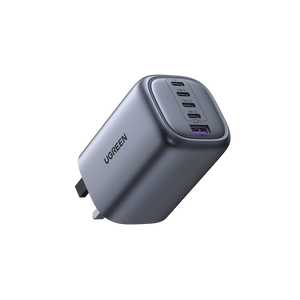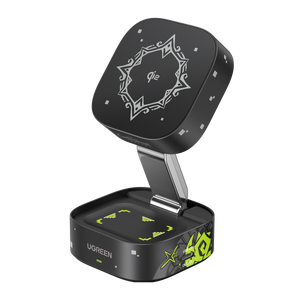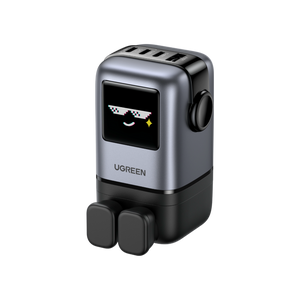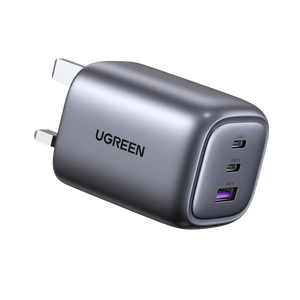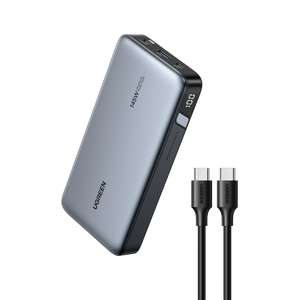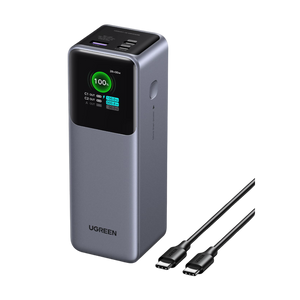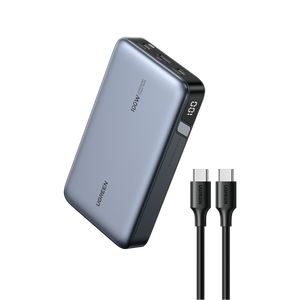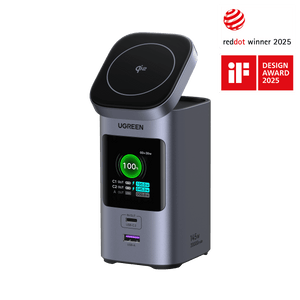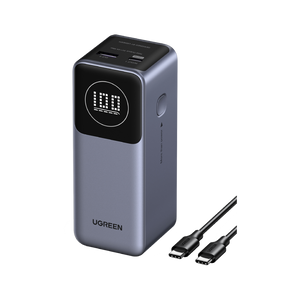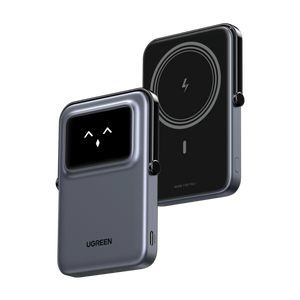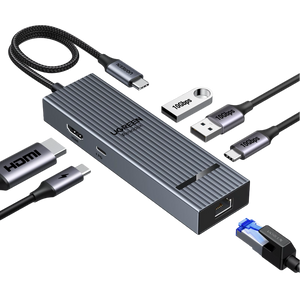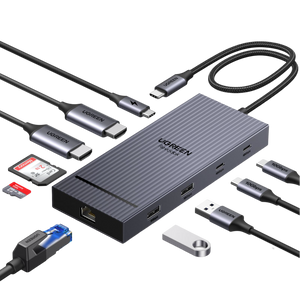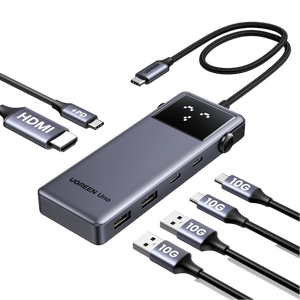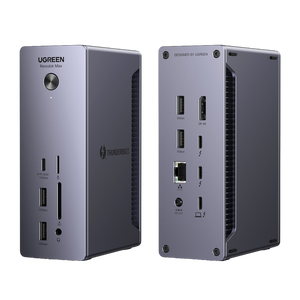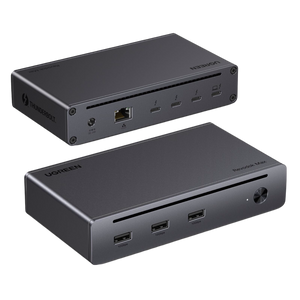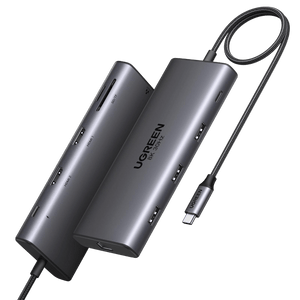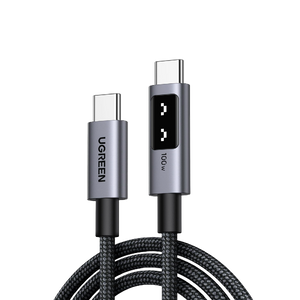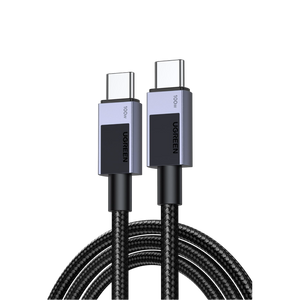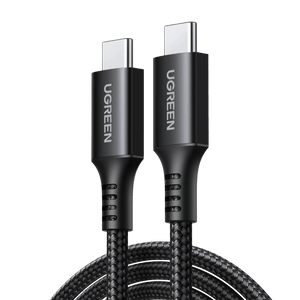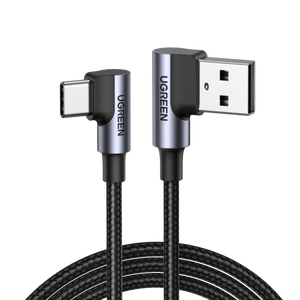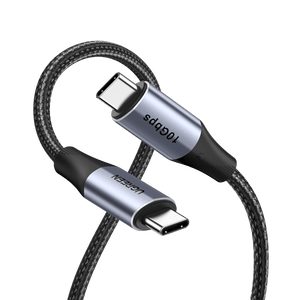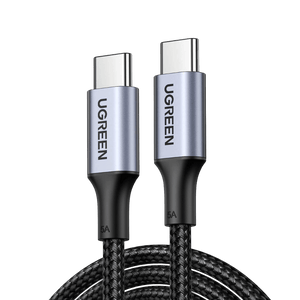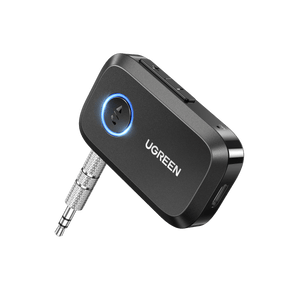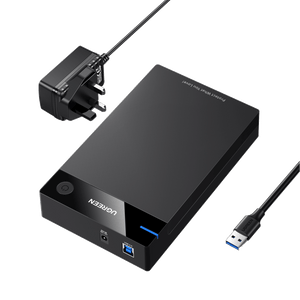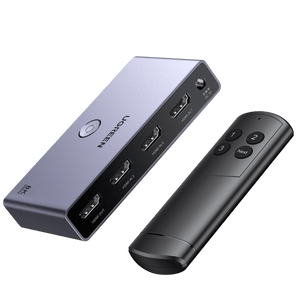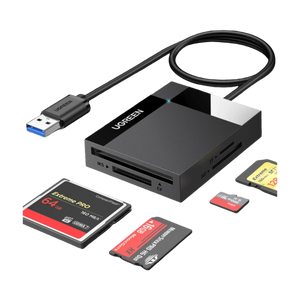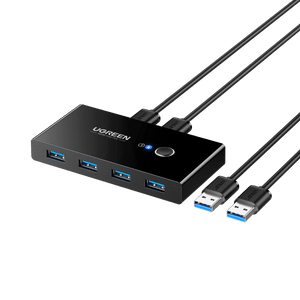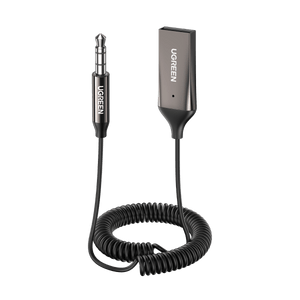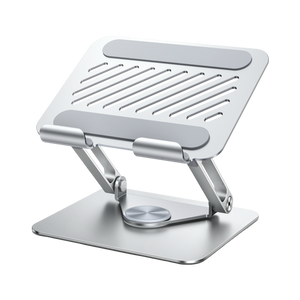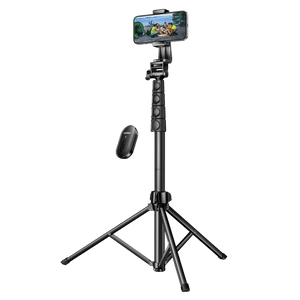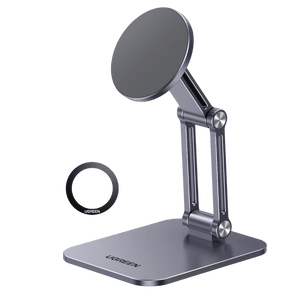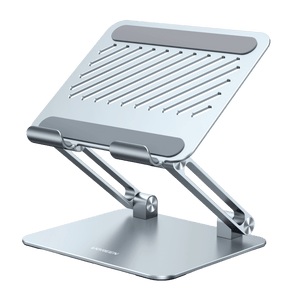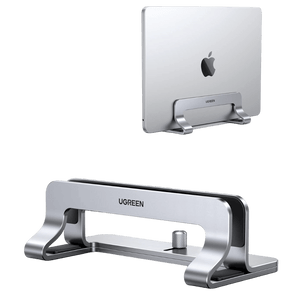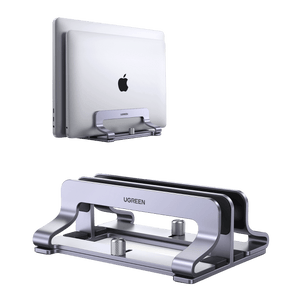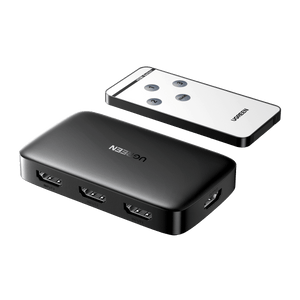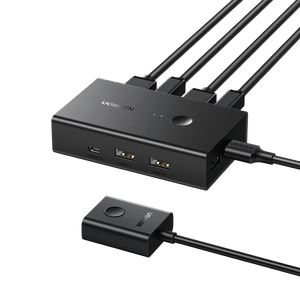Qi2 25W vs MagSafe: Comprehensive Comparison
Wireless charging has been promising a cable-free world for years, but it often seemed more like a gimmick than a genuine need for most of the time. The initial experience of putting a device on a charging pad to discover that it wasn’t charged because it wasn’t aligned correctly left most people unconvinced about wireless charging technology. Over time, however, the technology has matured. What was once slow and inconsistent has become sleek, fast, and, perhaps more importantly, smart.
Two major players define the wireless charging landscape today: Qi2 25W and MagSafe. One is born of an open-standard philosophy, driven by the Wireless Power Consortium (WPC). The second is Apple’s expertly crafted solution for its product lineup.
For consumers concerned about the Qi2 25W MagSafe difference, the question extends beyond watts and magnets. It’s about ecosystems, user experience, and the future of device charging. Which one is quicker? Safer? More compatible? These are the questions that people are asking.
Let’s solve the puzzle by examining how both technologies work, their ease of use in the real world, and how well they integrate into device ecosystems.

What is Qi2 25W?
A brief lesson on the origins of Qi2 25W may help clarify its meaning.
The Wireless Power Consortium, or WPC, has been leading the development of wireless charging standards since 2008. Their mission has always been interoperability — a world where any device could charge on any surface, regardless of brand.
Qi1.0, the consortium’s first real milestone, debuted in 2010. It didn’t do very well because it had low wattage and was prone to misalignment. But it set the stage for what was to come. Qi1.2 made charging faster, and Qi1.3 introduced security and certification layers.
Then came the big change: Qi2.0. The announcement of Qi2.0 in 2023 marked a fundamental philosophical shift. The new and improved standard increased maximum power delivery from 7.5W to 15W and introduced the Magnetic Power Profile (MPP), previously exclusive to Apple’s MagSafe. At the time, this represented a substantial increase in real-world charging time, particularly for high-capacity devices.
More importantly, though, Qi2.0 bridged the gap in user experience. With the introduction of magnets, WPC standard wireless chargers could now “snap” into perfect alignment, eliminating the frustration of waking up to a half-charged phone. That alone was a quiet revolution.
April 2025 brought us Qi2 25W, the latest version of the Qi standard. It is not only faster but also smarter. It has the open, cross-platform DNA of WPC but evolves to meet the needs of today’s consumers. Maximum power for wireless charging is 25W, and its supported device set is broader.

What is MagSafe?
Apple’s MagSafe, reintroduced with the iPhone 12, felt instantly familiar and yet entirely new. The name dates back to Apple’s magnetic laptop chargers, but in the context of iPhone charging, it has taken on a new meaning.
MagSafe uses a magnetic ring embedded in the back of the iPhone. As soon as a compatible charger is connected, it perfectly snaps into place. But the true magic is not only mechanical, but also digital. MagSafe communicates between the phone and the charger through NFC technology, ensuring magnetic alignment is confirmed, wattage is checked, and features like optimised battery charging are supported.
This closed-loop system allows Apple to fine-tune performance. Apple MagSafe chargers deliver up to 15W, but only to certified iPhones. Third-party accessories must meet Apple’s Made for iPhone (MFi) standards, or they risk being downgraded to standard Qi speeds.
MagSafe is smooth and efficient, but tightly integrated with Apple’s ecosystem, making it suitable only for those using iPhones and other Apple products.

Qi2 25W vs MagSafe: A Feature-by-Feature Comparison
| Dimension | Qi2 25W | MagSafe |
|---|---|---|
| Charging Power | Up to 25W (backwards compatible with 5W/7.5W), depending on the device and its certification. | Originally 15W, but as of late 2024 now supports up to 25W if using the latest hardware. |
| Magnet Alignment | Adds a magnetic profile (Magnetic Power Profile) to help with alignment. | Native magnetic ring (MagSafe) for very precise alignment. |
| Ecosystem Compatibility | It is an open standard that works with most Android and Apple devices that support Qi. | Only works with iPhones (12 and above) and several accessories that are only available from Apple. |
| Certification System | The WPC Qi certification system now incorporates magnetic alignment testing. | For MFi (Made for iPhone) certification. Requires Apple authorisation and an encryption chip. |
| Heat & Efficiency | More efficient than earlier versions, with reduced heat output. | Works well most of the time, although some users report it gets a little warm while charging. |
| Accessory Support | A lot of support from other manufacturers and a wide range of products to choose from. | Usually only available from Apple or approved companies, and they are usually more expensive. |
| Future Trend | Closely aligned with Qi2 development; likely to become the next generation standard. | Apple is in charge of the Magsafe’s evolution; however, it has influenced some Qi2 techniques. |
Is MagSafe better than Qi2 25W?
When stacked side by side, the Qi2 25W features vs MagSafe features battle is less about raw specs and more about philosophy.
- Open-Standard: Qi2 25W is more open and works with both Android and Apple smartphones. The universal nature makes it great for people who use more than one platform and have a lot of accessories.
- Magnetic Alignment: MagSafe is more precise due to its better alignment and consistent charging, but it only works with iPhones and Apple-certified accessories.
- Power & Safety: Both are comparable in terms of power and safety, but Qi2 may eventually incorporate the best features of Apple MagSafe and even surpass it as the standard evolves. There is much expectation that Qi2 25W charging speed could reach up to 45W on newer compatible devices.
Will the Rise of Qi2 Replace MagSafe?
The arrival of Qi2 25W with magnet alignment feels like a direct answer to MagSafe’s dominance. For the first time, the broader industry has a magnetic standard that’s not locked to a single brand.
Apple is part of the WPC and has significantly contributed to Qi’s evolution. The lines between the two are overlapping. Future iOS devices are likely to support Qi2 25W compatibility with iPhones, offering higher speeds without requiring an official MagSafe puck.
That could dramatically change the accessory market. Affordable third-party Qi2 25W chargers could offer a near-MagSafe experience, featuring a snap-in design that delivers 25W of power and is compatible with both Android and iPhone devices.
Consumer habits may also shift, and reliance on MFi accessories could wane as Qi2 25W features become more prevalent.
UGREEN MagFlow: The Power Bank with Qi2 25W Certification
UGREEN’s MagFlow 25W power bank, launching in Fall 2025, is the officially certified Qi2 25W product. It embodies the standard’s promise: fast charging, magnetic alignment, and cross-platform compatibility.
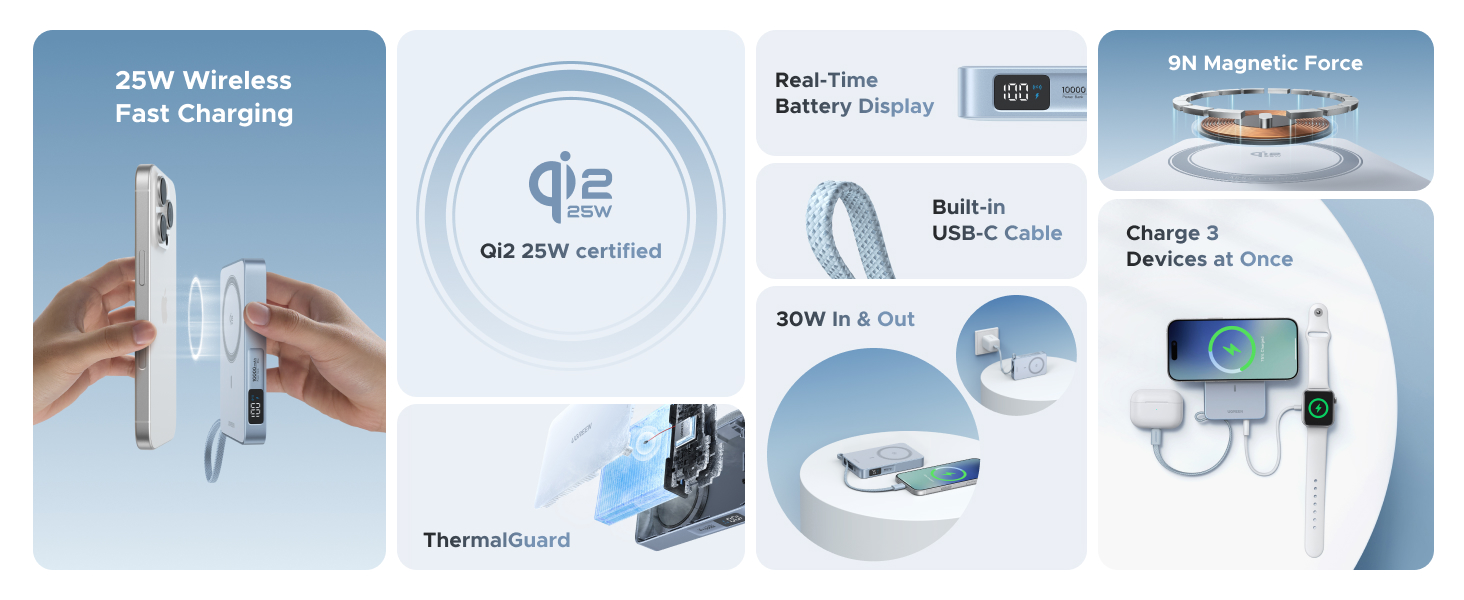
UGREEN MagFlow doesn’t care if the device is an iPhone or a Galaxy, it locks into place and delivers raw power. It offers a hybrid path forward for users with devices and accessories from different makers or those hesitant to commit to either MagSafe or Qi. What’s more? Interested users can sign up to receive email notifications when it becomes available later this year.

Conclusion
The Qi2 25W vs MagSafe decision isn’t a battle of good vs. better. Rather, it’s a matter of context.
MagSafe remains a beautifully executed solution for the Apple ecosystem. It is polished, reliable, and deeply integrated. But it’s also limited in scope and price-sensitive due to its proprietary nature.
Qi2 25W, meanwhile, is the future reaching across boundaries and offering MagSafe-like precision at more accessible rates. It might not carry a fancy proprietary name, but it’s more democratic. And with devices like the UGREEN MagFlow 25W power bank paving the way, the gap is narrowing fast.
FAQ about Qi2 25W and MagSafe
Can Qi2 25W be used with iPhones?
Yes, iPhones with MagSafe support (iPhone 12 and later) can be used with Qi2 25W chargers. However, they currently charge at up to 15W, and do not yet support the full 25W potential of Qi2 25W until Apple officially enables it through hardware or software updates.
Is MagSafe faster than Qi charging?
For iPhones, MagSafe provides up to 15W of wireless charging. Qi2 25W supports up to 25W, but current iPhones are still limited to 7.5–15W due to Apple’s power negotiation protocols.
For non-iPhone devices, especially many Android phones that support Qi2 25W, charging speeds can reach up to 25W or higher, depending on the device and charger capabilities.
Can I charge a MagSafe phone with a Qi charger?
Yes. MagSafe iPhones fall back to standard Qi speeds when used with non-MagSafe Qi chargers — typically around 7.5W.
Are Qi2 25W and Qi2 the same thing?
Yes. Qi2 refers to the second generation of the Qi wireless charging standard. Qi2 25W is the most recent version of Qi2, offering magnetic alignment and increased charging speeds up to 25W.
Which brands currently support Qi2 25W?
As of mid-2025, there are no smartphones on the market that officially support the full Qi2 25W standard. However, upcoming devices from major brands like Apple, Samsung, and Google are expected to include Qi2 25W compatibility in the second half of 2025. Current iPhones with MagSafe (iPhone 12 and later) can work with Qi2 25W chargers, but they may not support the full 25W charging speeds. As mentioned above, iPhone 16 is expected to gain Qi2 25W compatibility with iOS 26.
In the accessory space, UGREEN leads the market with the world’s first Qi2 25W-certified power bank. This MagFlow device supports 25W fast wireless charging, precise magnetic alignment, and works cross-platform with both Android and iPhone devices. It marks the first commercial implementation of the Qi2 25W standard and sets a benchmark for future wireless chargers.
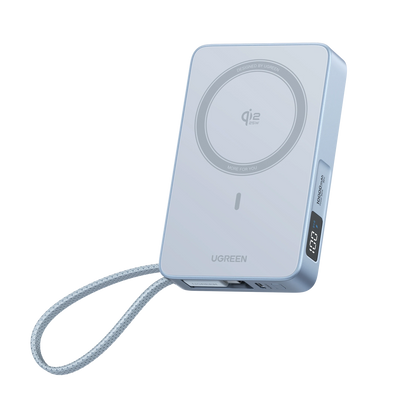
£60.00 £79.99
Code: DL65958




